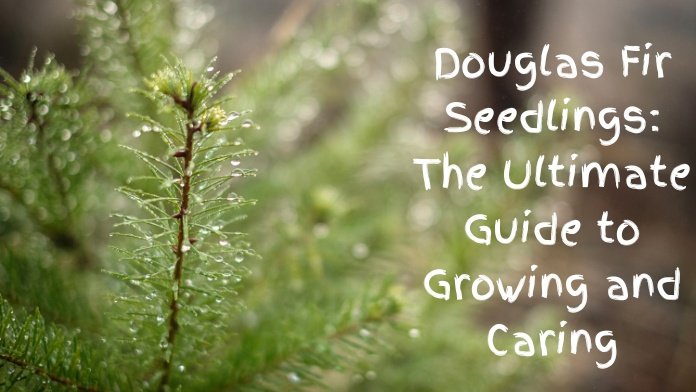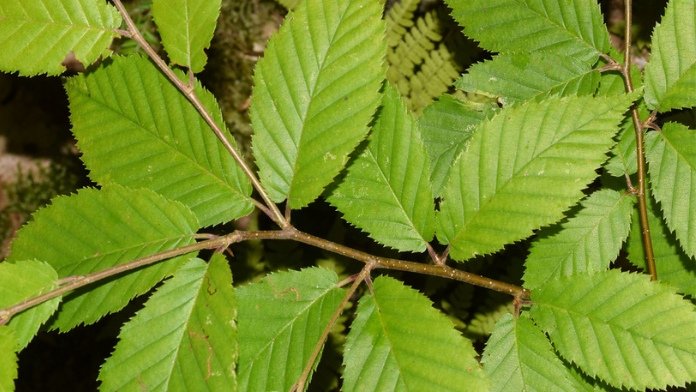Plantain Seedlings: A Guide to Growing and Caring for This Flower
May 18, 2024 | by Noor Nahar Tarin

Plantain seedlings are young banana plants that have grown from seeds. Plantains are a flowering plant in the banana family and are a staple food in many parts of the world. Plantain seedlings are usually grown in nurseries before being transplanted into fields.
Whether you’re an aspiring farmer or just curious how these delights get started, this guide is for you. Let’s dive into the world of banana seedlings and discover everything you need to know to grow your own.
What are Plantain seedlings?
Plantain seedlings are young plants that grow from the banana plant’s shoots or small shoots. They are the starting point of the banana’s life cycle and, over time, grow into tall, leafy plants that bear the fruit we love.
Plantain seedling identification
Family: banana family, Plantaginaceae
Habit: Perennial herb with a basal rosette and a leafless flower stem.
Description: Seedlings form rosettes of alternate leaves. True leaves have 3 to 5 prominent parallel veins.
The young leaves are long-stemmed, dull green, oval to ovoid in shape, and sparsely hairy. The leaf stalks have rounded edges, usually pale pink to purplish red at the base.
Broadleaf Plantain: The cotyledons are spatula-shaped, measuring 0.06-0.28″ (0.15-0.7 cm) long by 0.02-0.04″ (0.3-0.1 cm) wide and have three veins.
Plantain Benefits
Plantains are a good source of potassium and vitamin C and have been shown to aid digestion and boost the immune system.2 Potassium lowers blood pressure and prevents it from rising after consuming sodium. This, in turn, can help control associated conditions, such as high blood pressure (hypertension).
Some of the health benefits of Plantain are:
- Low in sugar
- Low in calories
- High in potassium
- High in vitamin C
- Stimulates the immune system
- Helps with digestion
- It can help control blood sugar.
Why Grow Your Own Plantain Seedlings?
There are several advantages to growing your own Plantain seedlings:
Cost Effective: Buying Plantain suckers (baby Plantain plants) can be expensive. Growing your seedlings allows you to save money and have more control over the variety you choose.
Fresher Produce: Homegrown Plantains are unmatched in freshness and flavor compared to commercially available options.
Sense of achievement: Witnessing the journey from a tiny seed to a mature banana plant is a rewarding experience.
Control of growing practices: You can ensure that your Plantains are grown organically and free of harmful chemicals.
Choosing the Suitable Plantain Variety
Plantain comes in a wide range of varieties, each with unique characteristics. Here are some popular options to consider:
- Horn Plantain (French Plantain): Known for its long, thin fruit with a mild flavor.
- Horse Plantain: Produces large, starchy fruits ideal for frying.
- Giant Plantain: Vigorous producer with large, fleshy fruits.
- Machugo Plantain: A popular choice in Central America, known for its sweet flavor.
How do you Grow Plantain Seedlings from Seed?
Plantain seeds are best grown directly outdoors by sowing them early to mid-spring after the last frost. The seeds should be scattered directly on the prepared soil. Germination usually takes seven to fourteen days. The leaves can be harvested 30 days after the first plants emerge.
Here are some of the steps required to grow banana seedlings from seeds:
- Soak plantain a seeds in water for 24 hours.
- Sow the seeds in a well-drained seed tray filled with potting mix.
- Cover the seeds with a thin layer of potting mix.
- Water the seeds regularly, but do not overwater them.
- Place the seed tray in a warm, sunny location.
- The seeds should germinate in 7-14 days.
Once the seedlings have a few sets of true leaves, they can be transplanted to
Obtaining Plantain Seeds
Plantain seeds are not available in most grocery stores.
Here are some ways to get them:
Online retailers: Several online garden stores specialize in tropical plants and offer banana seeds.
Botanical gardens: Some may sell or donate banana seeds for educational purposes.
Existing Plantain plants: If you can access a mature banana plant, you can extract the seeds yourself.
Extract seeds from a Plantain:
- Carefully cut the tip of a ripe Plantain
- Locate the tiny black seeds embedded in the fleshy pulp.
- Carefully remove the seeds and wash them well to remove any remaining pulp.
- Dry seeds entirely in a cool, well-ventilated area before storing.
Plantain Seed Germination
Once you have your banana seeds, it’s time to sprout them!
Here’s what you’ll need:
Seed Tray or Pot: Choose a container with suitable drainage holes.
Potting mix: Use a fertile, well-draining potting mix. A mixture of peat moss, compost, and perlite works well.
Water spray bottle: For gentle watering.
Clear plastic wrap (optional) – to create a mini greenhouse environment.
Steps for Germination
- Fill your seed tray or pot with the potting mix, leaving about ½ inch of space at the top.
- Moisten the potting mix, but avoid overwatering.
- Place the Plantain seeds on the surface of the mixture, spacing them evenly.
- Lightly cover the seeds with a thin layer of potting mix.
- (Optional) Cover the tray or pot with plastic wrap to create a humid environment.
- Place the container in a warm location (ideally 75 to 80°F) with indirect sunlight.
- Maintain constant humidity by regularly misting the soil surface.
- Germination can take between 2 and 4 weeks. Be patient and keep the soil moist.
Caring for your Plantain Seedlings
Once the Plantain seeds have germinated and sprouted leaves, it is time to provide them with proper care to turn them into young, healthy plants. Here’s what you need to do:
Light: Gradually introduce your seedlings to more sunlight. Aim for 6 to 8 hours of bright, indirect sunlight per day.
Watering: Water your seedlings regularly, allowing the top inch of soil to dry slightly between waterings. Avoid overwatering, which can lead to root rot.
Fertilizer: Once your seedlings have several sets of true leaves, you can begin fertilizing them with a balanced fertilizer diluted to half strength. Apply fertilizer every two weeks during the growing season.
Potting: As the seedlings grow, they must be transplanted into larger pots. Choose a pot with
Conclusion
Growing your banana seedlings from scratch is a rewarding journey that allows you to enjoy fresh, delicious bananas straight from your garden. With careful planning, proper seed selection, and consistent care, you can witness the transformation from a tiny seed to a thriving banana plant. If you follow these steps, you’ll be well on your way to growing your banana paradise. Remember, patience is vital.
RELATED POSTS
View all


